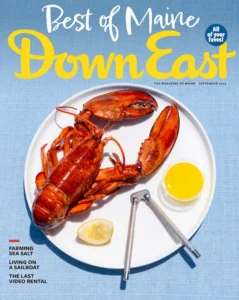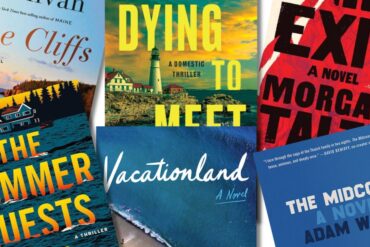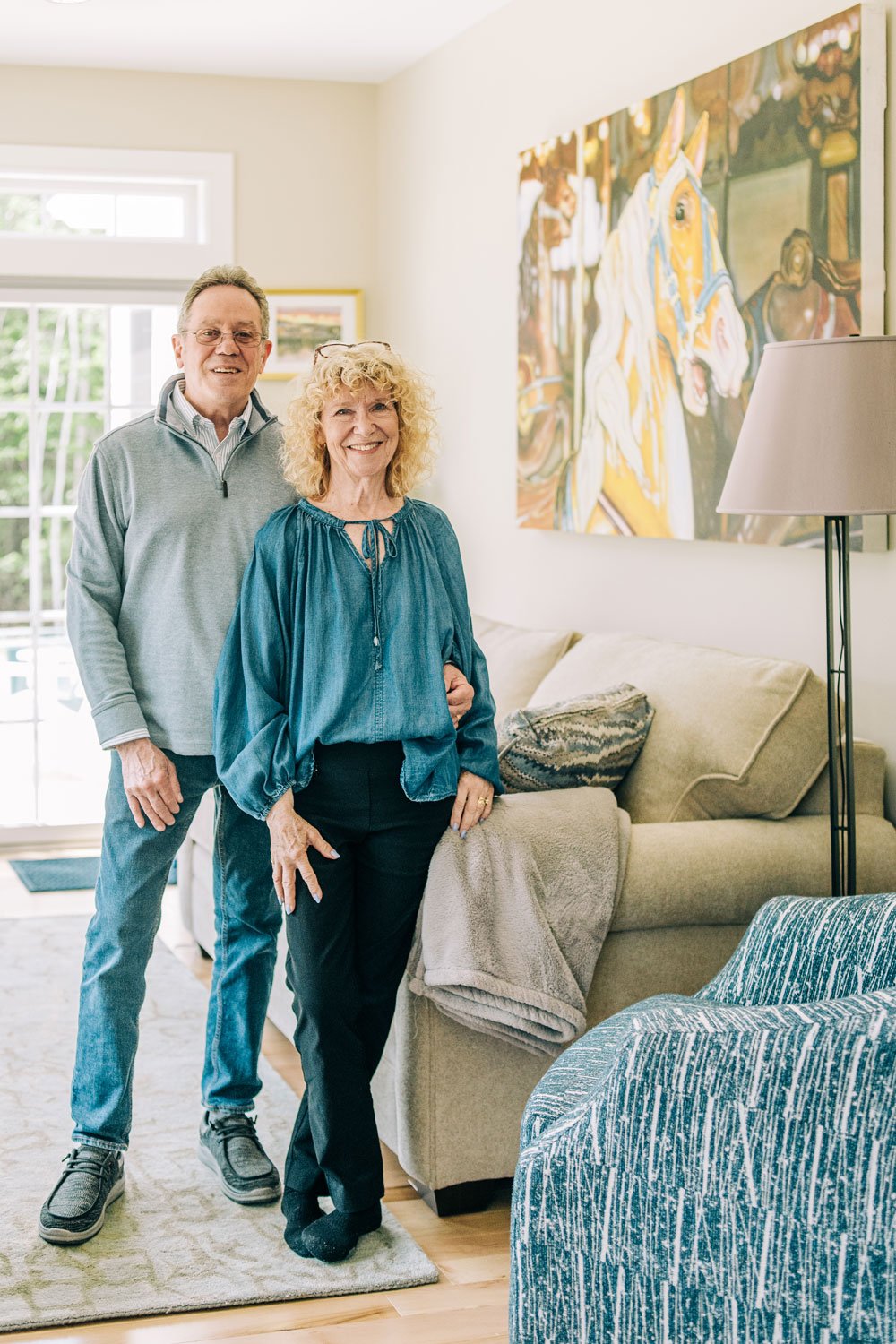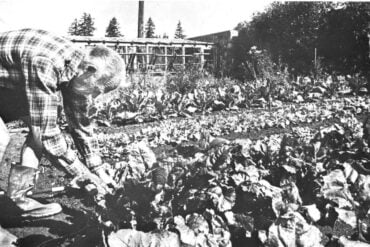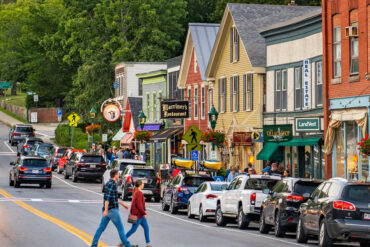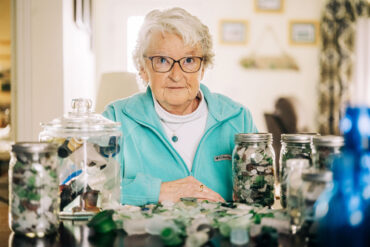Our running tally of page-turning beach reads, murder mysteries, family dramas, and more from the state's talented authors.
Arts & Leisure
We're giving away a set of four general-admission tickets and a set of two VIP tickets to two lucky winners.
Allan and Mary Crane found community and a new practice space at the Topsham 55-plus community.
Pulitzer Prize-winning author Richard Russo tells us about his unexpected discoveries and admits he still doesn’t have all the answers.
Well into his 80s, Scott Nearing was still living the good life on his farm.
Tyra Hanson curates a fine-art collection to complement one-of-a-kind studio furniture at her Mount Desert Island gallery.
During the Maine Attraction performance we caught, skiers flipped, swiveled, “skied” without skis, and executed choreographed dances on a pair of large floats.
From festivals and fairs to marathons and boat races, there’s plenty to put on your calendar.
Make the destinations on this list part of your itinerary the next time you’re looking to explore Maine’s arts scene.
Habib Dagher is spearheading a first-of-its-kind 3D-printing manufacturing hub on the campus.
Thirty years in, she says collecting beach treasures still buoys her.
We took the pulse of the Portland Hearts of Pine.


